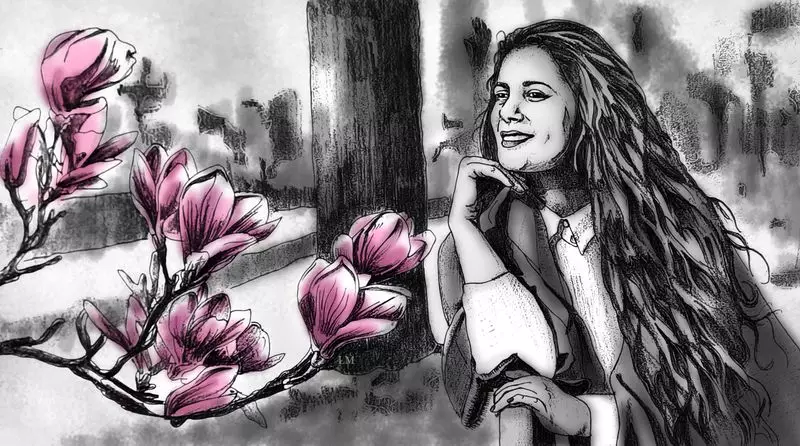
Chandigarh, India's first planned city, reveals its changing seasons not through temperature alone but through a spectacular floral display that paints the city in vibrant colors throughout the year. The carefully curated flowering trees and plants create a living calendar where residents can literally watch time pass through blooming cycles.
The Floral Timeline of City Beautiful
As summer approaches, the city transforms into a golden paradise with Amaltas trees (Cassia fistula) creating spectacular yellow canopies along major roads and in public spaces. These brilliant yellow flowers typically bloom from April to June, marking the transition from spring to the hot summer months. The flowering coincides with the festival of Baisakhi, creating a natural celebration of the season.
Following the golden summer, the monsoon season brings its own floral spectacle. The Gulmohar trees (Delonix regia) burst into fiery red blooms that contrast dramatically with the lush green landscape. These stunning flowers typically appear from June to August, creating breathtaking vistas throughout the city's sectors and along its famous boulevards.
Winter's Floral Wonders
When temperatures begin to drop, Chandigarh prepares for its winter floral display. The city's gardens and roundabouts come alive with Chrysanthemums in multiple varieties that bloom from November to January. These flowers create stunning patterns and designs in public gardens, particularly in the famous Terraced Garden in Sector 33.
Simultaneously, the Indian coral tree (Erythrina indica) adds splashes of crimson to the winter landscape. These striking red flowers appear from December to February, providing color during the coldest months. The careful planning by the UT horticulture department ensures that there's never a season without significant floral interest.
The Science Behind the Blooms
The seasonal flowering patterns in Chandigarh are no accident. The city's original planners, including Le Corbusier, envisioned a green city where nature and urban design would coexist harmoniously. The current horticulture department continues this legacy by maintaining a meticulous planting schedule that ensures continuous blooming throughout the year.
Different species are strategically planted to create sequential blooming patterns. After the Amaltas completes its cycle, the Gulmohar takes over, followed by winter bloomers. This careful planning means that residents and visitors can enjoy spectacular floral displays year-round, with each season offering its own unique botanical signature.
The department maintains detailed records of flowering patterns and adjusts planting strategies based on weather conditions and climate changes. This scientific approach to urban horticulture has made Chandigarh a model for other Indian cities aspiring to create beautiful, livable urban environments.
Beyond the aesthetic appeal, these flowering cycles serve important ecological functions. They provide habitat and food sources for pollinators, contribute to urban biodiversity, and help regulate the city's microclimate. The seasonal blooms have become so integral to Chandigarh's identity that residents often mark time by which flowers are in bloom, creating a unique connection between the community and its natural environment.





